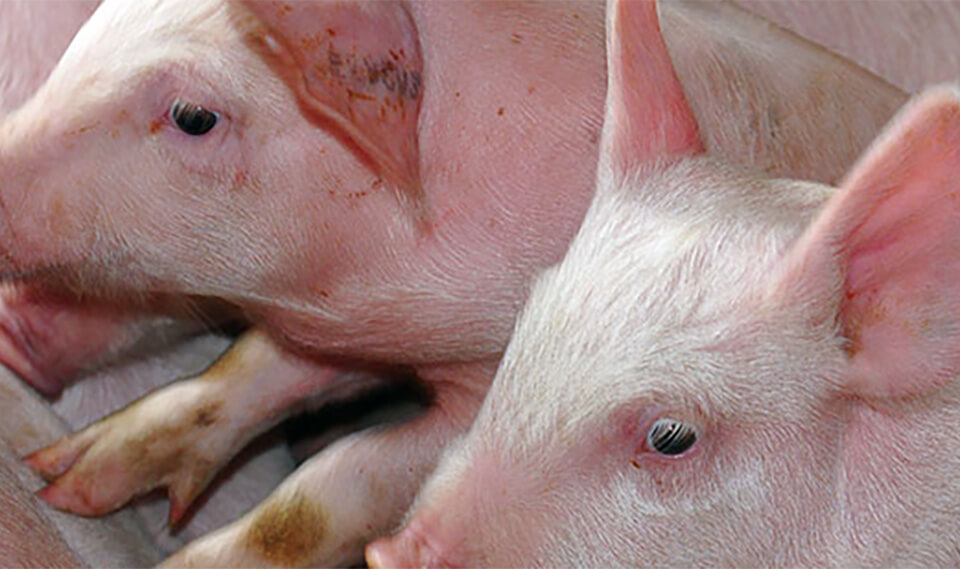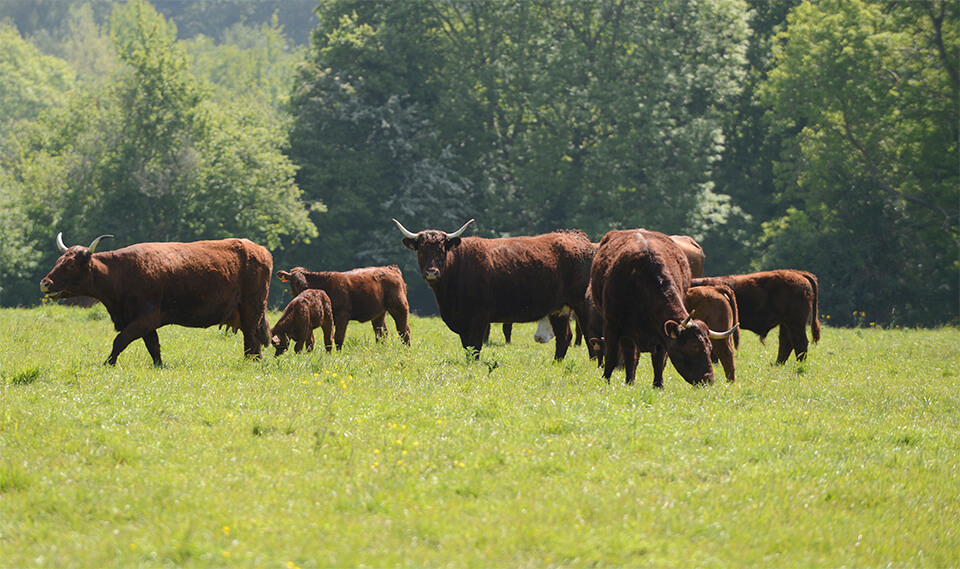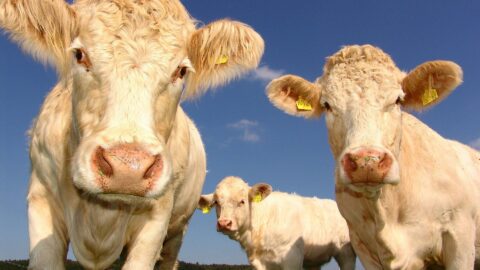Bio-écologie des tiques, présentes et à venir !

Auteurs
Résumé
Les tiques sont des arthropodes hématophages parasites stricts. On distingue les tiques dures et les tiques molles. Le cycle des tiques dures comprend trois stades, chaque stade n’effectuant qu’un seul repas. Généralement, chaque repas a lieu sur un hôte différent (cycle trixène). Mais dans certains cas la larve et la nymphe se nourrissent sur le même animal (cycle dixène) ou les 3 stades restent sur le même individu (cycle monoxène). Les tiques molles ont plusieurs stades nymphaux et les adultes font de nombreux et courts repas sans se fixer sur l’hôte. Chaque espèce a ses caractéristiques propres en termes de préférence d’hôtes, de biotope, de conditions climatiques. La transmission des agents pathogènes peut être transovarienne, trans-stadiale ou beaucoup plus rarement intra-stadiale. Suivant le niveau d’infestation des tiques et la fréquence de leurs contacts avec leurs hôtes, l’épidémiologie des maladies transmises varie. L’idéal est d’obtenir une stabilité endémique.
Abstract
A distinction is made between hard-bodied ticks and soft-bodied ticks. The hard-bodied tick cycle has three stages, where each stage involves one meal. Usually each meal takes place on a different host (three stages). But in some cases the larva and the nymph feed on the same animal (two stages) or the 3 stages remain on the same individual (one stage). Soft-bodies ticks have several pupal stages, and adults take many short meals without fixing themselves to the host. Each species has its own characteristics in terms of host preference, biotope and climatic conditions. The transmission of pathogens can be transovarian, transstadial or much more rarely intra-stadial. Depending on the level of tick infestation and the frequency of their contact with their hosts, the epidemiology of the diseases that they can transmit varies. The ideal situation is to achieve endemic stability.


